The Heckler & Koch MP7 submachine gun has emerged as a weapon of choice for professionals seeking a compact yet high-performance firearm. In line with the natural evolution of machine guns, the MP7 represents the advancement in Personal Defense Weapon (PDW) technology. This article delves into the key features, design elements, caliber selection, and variants of the MP7, highlighting its significance in modern defense systems.
The MP7’s Place in NATO’s Arsenal
The PDW concept signifies a paradigm shift in weaponry, aiming to combine the compactness of submachine guns with enhanced performance akin to assault rifles. NATO’s PDW Requirement Document D-29 outlines the crucial elements a weapon must possess to be classified under this category. These include weight restrictions, ambidextrous safe/fire selectors, and the ability to penetrate ballistic protection such as the CRISAT body armor.
A New Challenger: Heckler & Koch’s MP7
As per NATO’s specifications, Heckler & Koch embarked on a project to develop a PDW model that eventually led to the creation of the MP7 submachine gun. The HK MP7 and its direct competitors, the P90 and FiveSeven from Belgian FN, successfully met NATO’s requirements. Its reduced size makes it suitable for close-quarter combat (CQC) and vehicular use. Crafted with a polymer body reinforced with steel, the MP7 balances weight and structural strength.
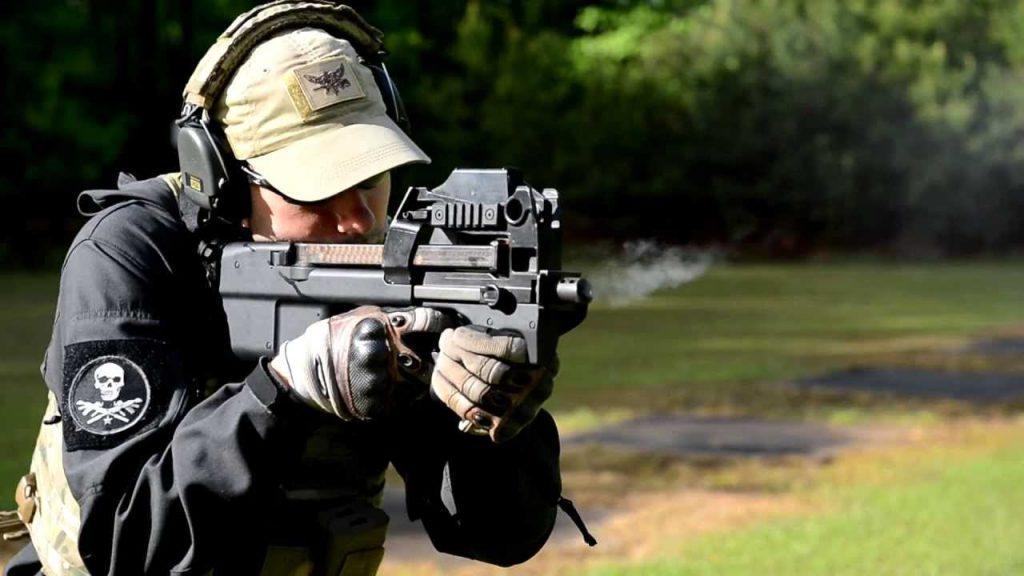
Design and Features
Ergonomics and Functionality
The HK MP7 boasts several design elements geared towards ergonomics and ease of use. The key grip, resembling a handgun, is located on the magazine, which comes in 20 or 40-round capacity. The ambidextrous selector switch, conveniently operated with the thumb, offers three positions: Safe, Semi-Automatic, and Automatic. The collapsible stock allows for flexible usage, enabling the HK MP7 to be employed as a standard gun or in an open position for improved precision.
Aiming for Accuracy and Control
Equipped with an aim point, the HK MP7 demonstrates remarkable accuracy, enabling a rate of ten shots within a 2-inch grouping at fifty meters in semi-automatic mode. For situations requiring full-auto fire, the MP7 features a reclining front handle just past the trigger guard, providing optimal control. The cocking handle is at the rear, above the weapon’s butt, though some users might find it slightly small.
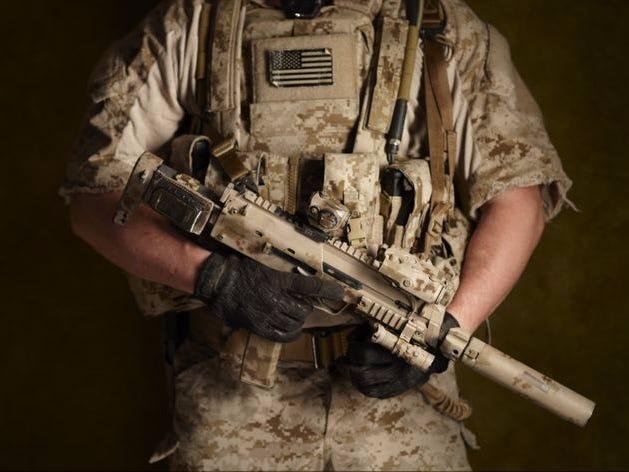
Customization and Adaptability
A defining feature of modern weapons, the MP7 incorporates an integral Picatinny rail running along the upper part of the firearm, allowing for the attachment of various accessories, including rear folding sights and aiming systems. For additional customization, two small auxiliary slides can be mounted on the sides of the weapon, facilitating the attachment of extra equipment. The gas-operated, rotating plug-based action mechanism of the HK MP7 resembles that of the HK G36.
Caliber Selection and its Implications
The Choice of 4.6x30mm Caliber
Heckler & Koch opted for the 4.6x30mm chambering in the MP7-A1, rivaling the Belgian FN’s 5.7x28mm used in the P90 and FiveSeven. The selection of this caliber serves the purpose of establishing it as a possible NATO standard for PDWs. The 4.6x30mm round, developed through collaboration between Heckler & Koch and the British Royal Ordnance Radway Green’s, builds upon the experimental 4.6x36mm CETME caliber, which was initially considered in the 1960s but later set aside in favor of the 5.56x45mm. Ammunition for the MP7 is also produced by Italian manufacturer Fiocchi, offering various options such as fully jacketed steel copper, tracers, and regular FMJ rounds.
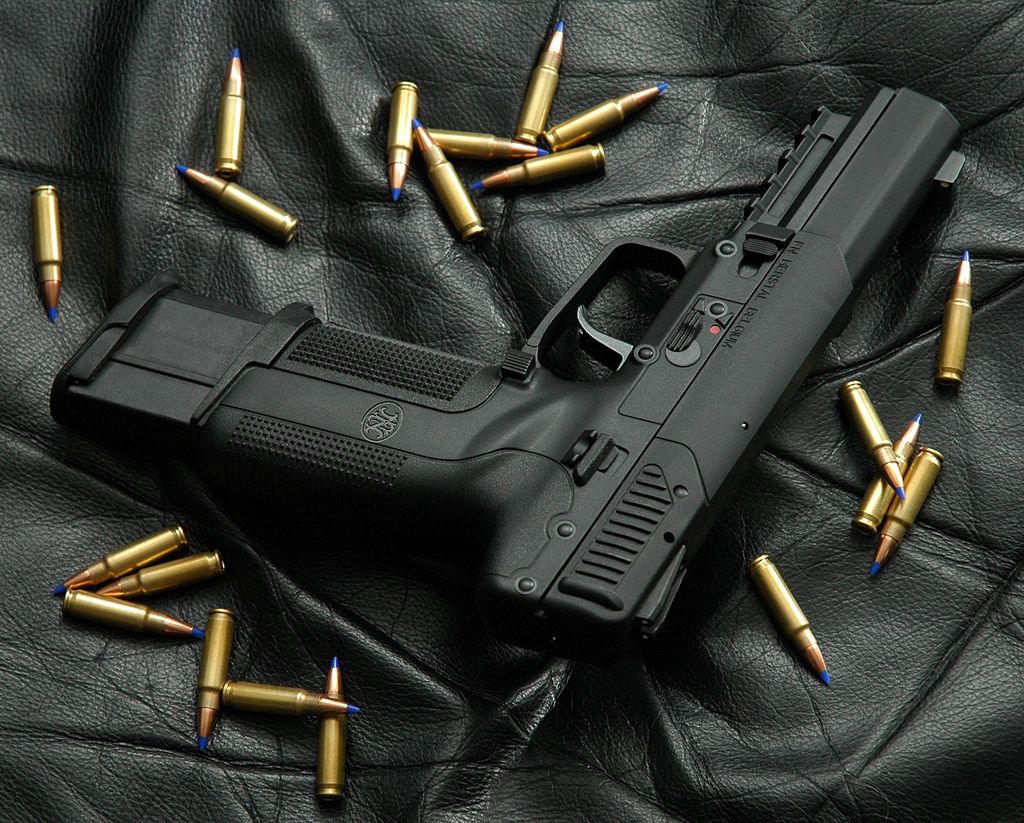
The 4.6x30mm chambering delivers impressive performance, with a muzzle velocity of approximately 700 m/s and energy levels of around 450 Joules. Notably, the MP7 exhibits significantly reduced recoil compared to the standard 9×19 Parabellum caliber. This caliber’s high penetration capability is exemplified by its ability to penetrate the CRISAT bulletproof vest, composed of 20 layers of Kevlar and a 2mm titanium foil, from distances exceeding 200 meters.
Variants and Adaptability
PDW Prototype to MP7A2: Evolution of a Platform
The development of the MP7 started with a prototype designated as the “PDW” in 1999. It featured a short Picatinny rail on top and a smooth pistol grip surface. The subsequent Heckler & Koch MP7, designated in 2001, underwent several modifications, including adding a full-length Picatinny rail, a curved stock, and an anti-slide surface on the pistol grip akin to the HK USP. Folding iron sights were mounted on the Picatinny rail, and improvements were made to the foregrip folding mechanism.
In 2003, the MP7A1 was introduced, featuring a redesigned pistol grip with a different surface, a curved shape, a smaller stock with a straight butt-pad, and side-mounted Picatinny rails as standard. The folding iron sights were made more compact, and the weapon’s overall length remained unchanged despite minor adjustments. Recent MP7A1 models incorporate a trigger safety mechanism similar to Glock pistols, preventing accidental discharges by requiring the middle section of the trigger to be pulled before the outer part can move.
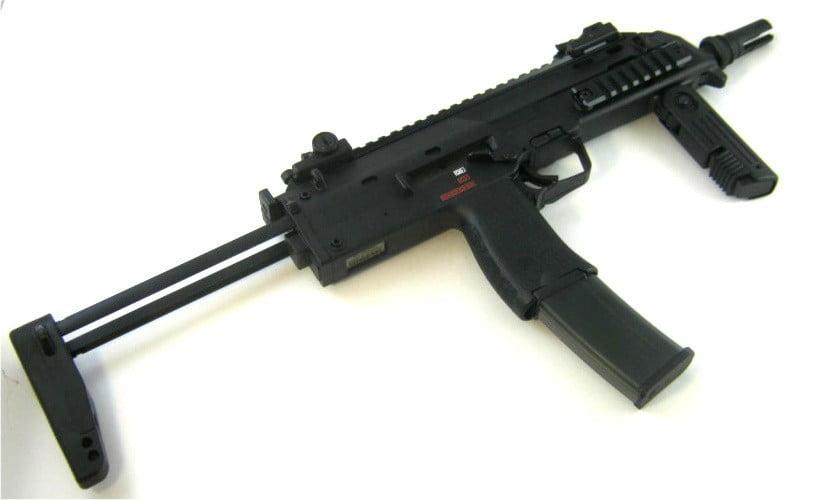
The MP7A2 variant, lacking the folding front grip, offers users the flexibility to attach various grips based on their preferences. Additionally, the MP7-SF is a semi-automatic-only variant currently utilized by the Ministry of Defence Police in the United Kingdom.
MP7’s Role in Elite Special Operations Units
The MP7’s Endorsement by Elite Forces
The Heckler & Koch MP7 has garnered recognition as a preferred firearm among Western special operations forces units. Notably, SEAL Team 6 (DEVGRU) of the U.S. Navy’s Naval Special Warfare Development Group, EKO Cobra, GIGN, and the British Special Air Service (SAS) are some prominent units that have embraced the MP7 in their arsenal. Its compactness, superior performance, and adaptability make it highly suitable for specialized missions requiring versatility and maneuverability.
Conclusion
The Heckler & Koch MP7 submachine gun significantly advances Personal Defense Weapons (PDWs). By incorporating features that meet NATO’s requirements, such as reduced weight, ambidextrous controls, and penetration capabilities, the MP7 has solidified its place as a sought-after firearm for professionals in various fields. Its ergonomic design, accuracy, customization options, and 4.6x30mm caliber contribute to its widespread adoption by elite special operations units worldwide. The MP7 is a testament to Heckler & Koch’s commitment to pushing the boundaries of weapon system innovation.
Technical specifications
| Country of origin: | Germany |
| Manufacturer: | Heckler & Koch GmbH, Oberndorf Am Neckar |
| Caliber: | HK 4.6×30mm |
| Type (action): | Gas-operated, short-stroke piston, rotating bolt |
| Weight: | 1.5 kg |
| Length: | 340/540 mm (soccer collapsible) |
| Barrel length: | 180 mm |
| Power: | 20-, 30- or 40-round detachable box magazine |
| Rate of fire: | 950 rounds per minute |


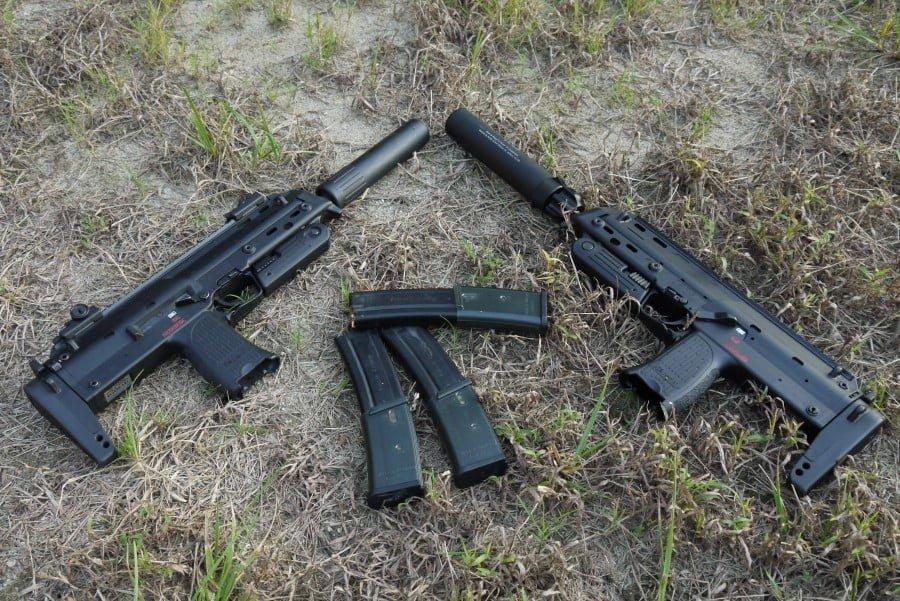
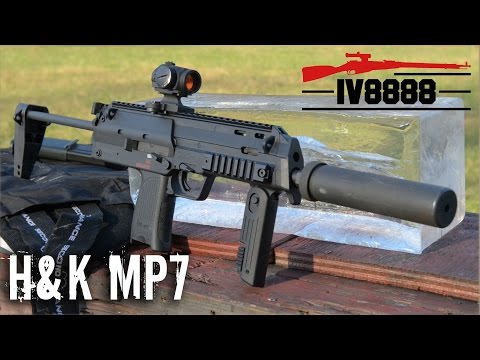
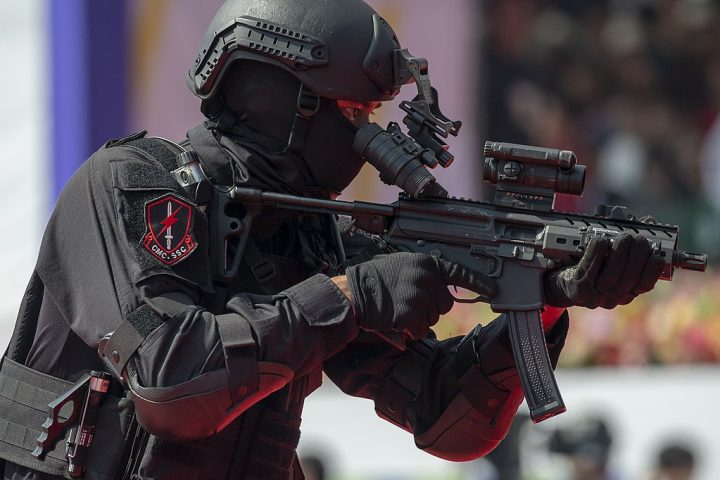
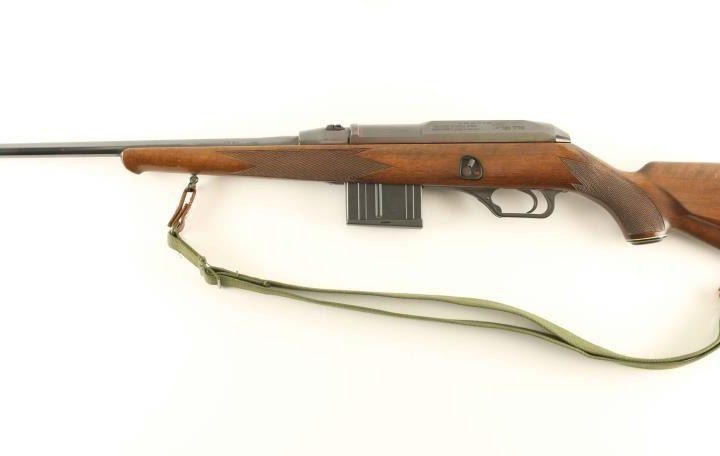
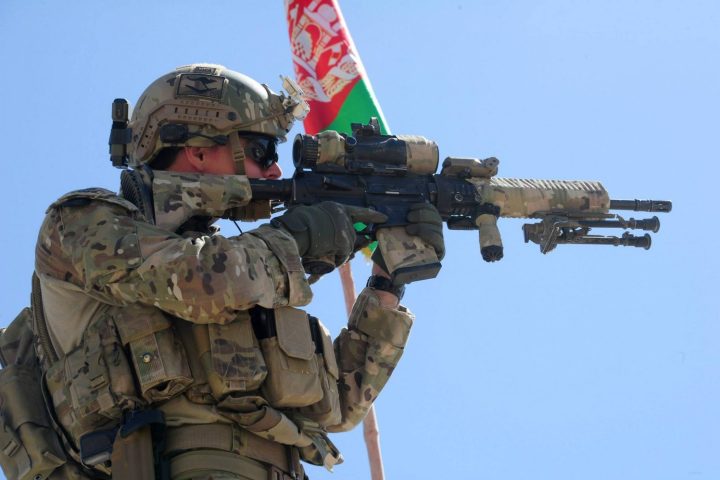
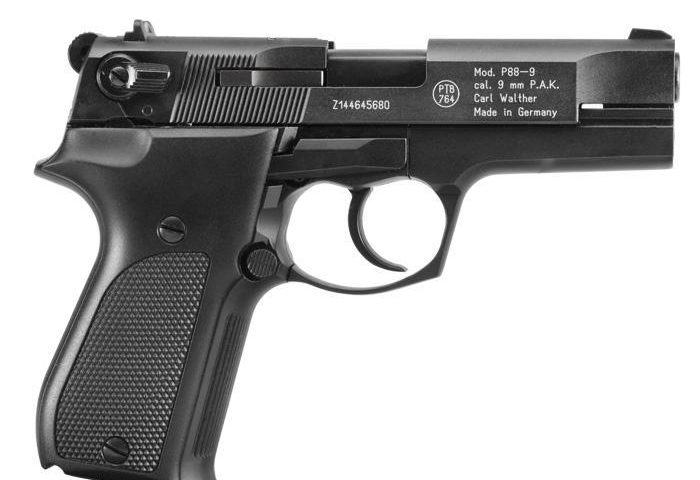
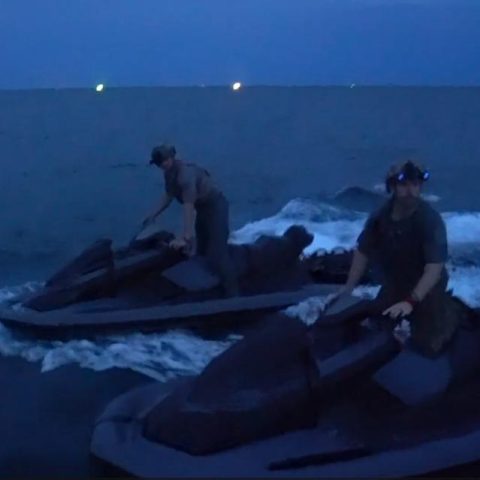
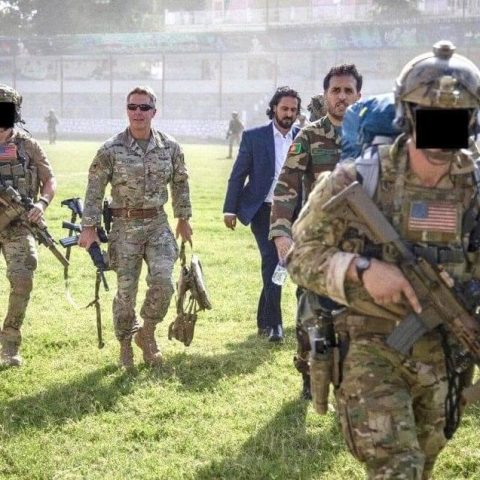
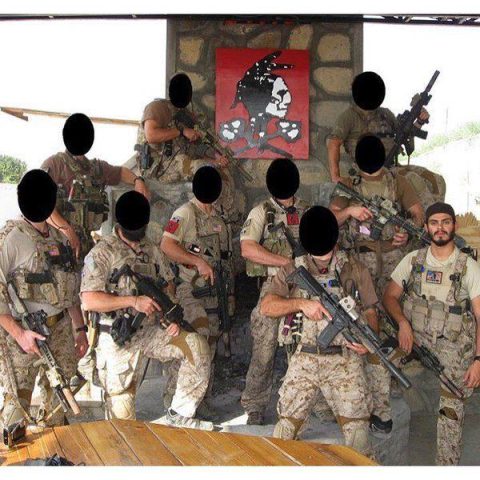
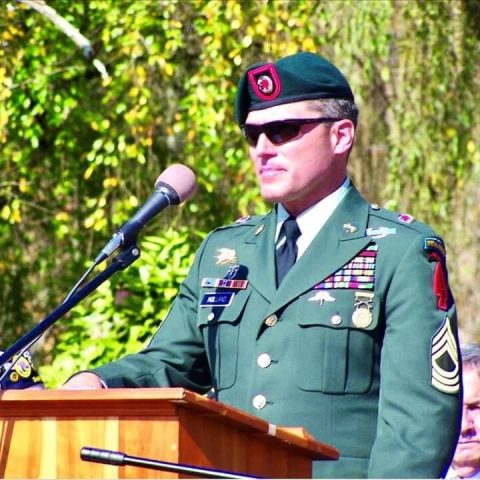

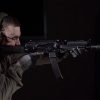
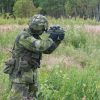
YES LOVE THEM ALL IF L HAD THEM